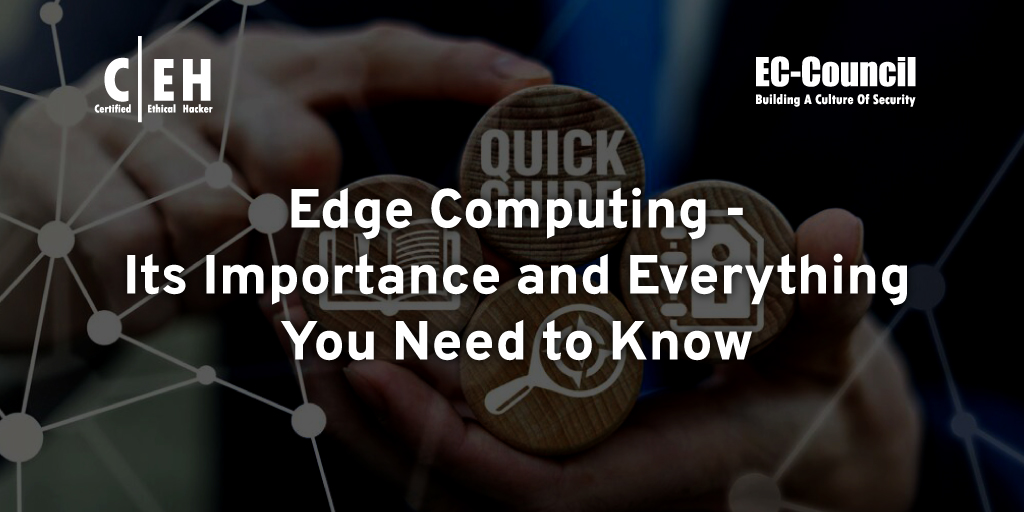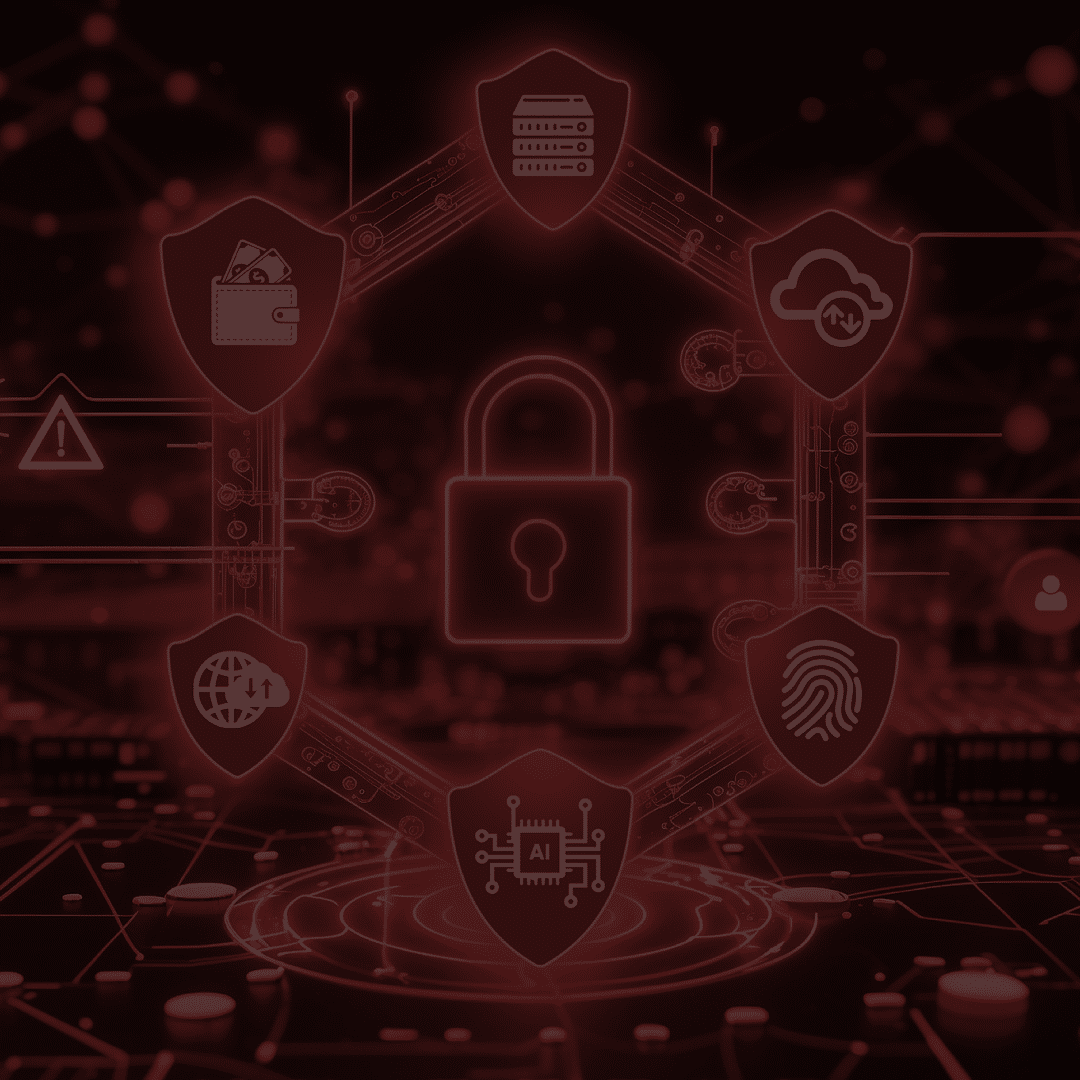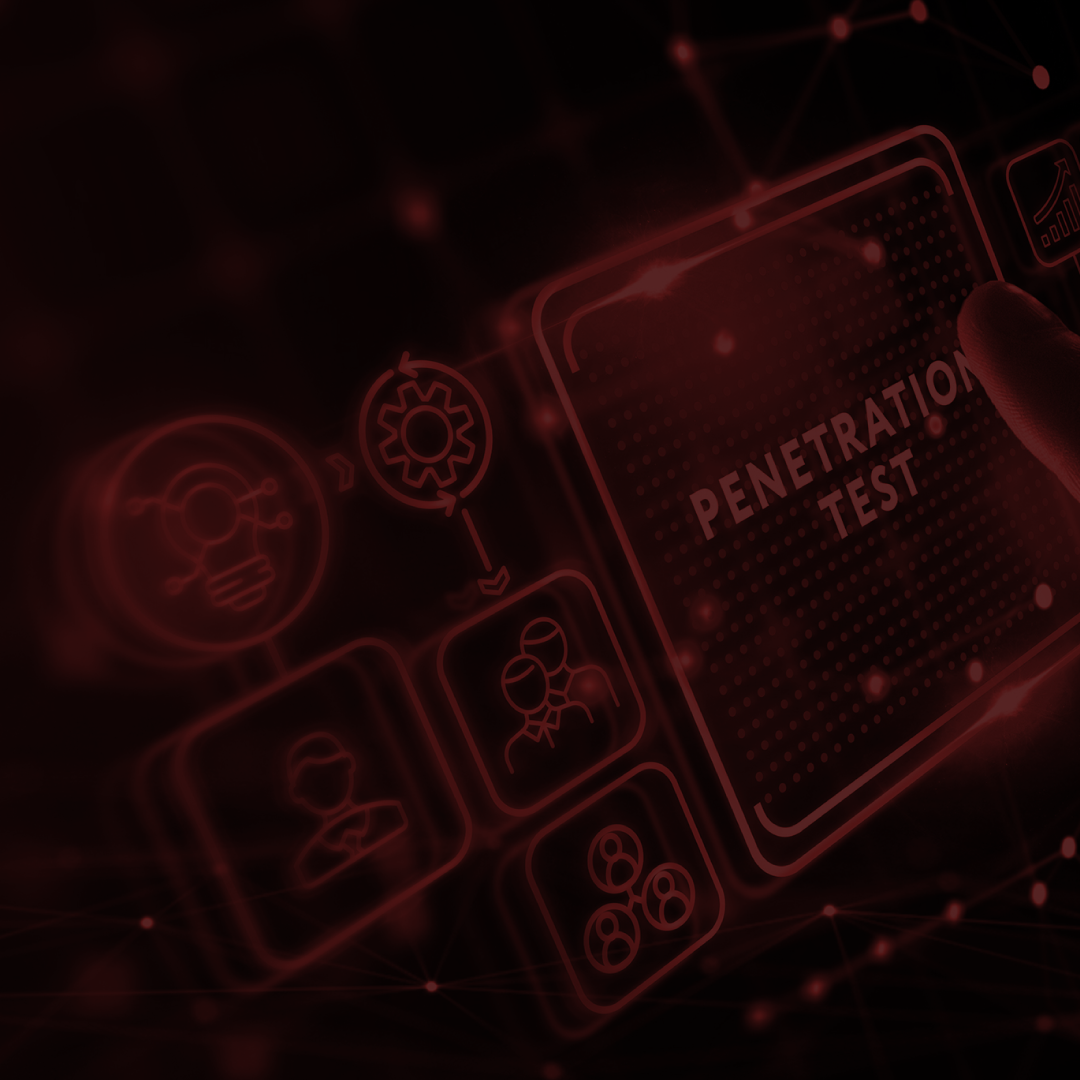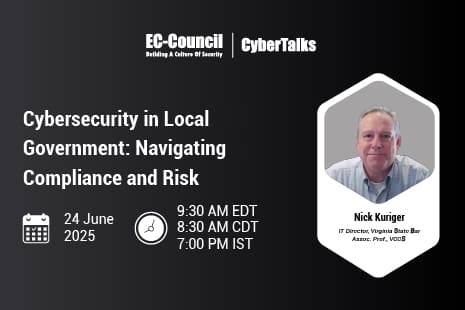With huge volumes of data being stored and transmitted today, the need for efficient ways to process and store that data becomes more critical. This is where edge computing comes in — we can improve performance and reduce latency by deploying processing power and storage closer to the data generation sources. Edge computing can help us manage our ever-growing data needs while reducing costs. This blog discusses the importance of edge computing, its advantages, and its disadvantages.
What Is Edge Computing?
Edge computing is a distributed computing paradigm that brings computation and data storage closer to the location needed to improve response times and save bandwidth.
It involves putting resources physically closer to users or devices — at the “edge” of the network — rather than in centralized data centers. Edge computing can be used in conjunction with fog computing, which extends cloud-computing capabilities to the edge of the network.
Examples of Edge Computing
There are many potential applications for edge computing, including the following:
- Connected cars: Mobile edge computing can be used to process data from onboard sensors in real time, enabling features such as autonomous driving and real-time traffic monitoring.
- Industrial Internet of Things (IIoT): Edge network computing can be used to collect and process data from industrial sensors and machines in real time, enabling predictive maintenance and improved process control.
- 5G: Cloud edge computing will be critical for supporting the high bandwidth and low latency requirements of 5G networks.
Importance of Edge Computing
Edge computing can help to improve many aspects of an organization:
- The main importance of edge computing is to reduce latency and improve performance by bringing computation and data storage closer to the devices and users that need them.
- Multi-access edge computing can also help save on bandwidth costs and improve security by processing data locally instead of sending it over the network to central servers.
- Edge computing can be used in conjunction with other distributed computing models, such as cloud edge computing and fog computing. When used together, these models can create a more flexible and scalable system that can better handle the demands of modern applications.
How Does it Work?
Edge computing can be considered a compliment or an extension of cloud computing, with the main difference being that edge computing performs these computations and stores this data locally rather than in a central location.
Edge network computing nodes are often located at the “edge” of networks, meaning they are close to the devices that generate the data. These nodes can be deployed on-premises or in a colocation facility. They can also be embedded in devices, such as routers, switches, and intelligent sensors.
The data generated by these devices is then processed and stored locally at the edge node. This data can be analyzed in real-time or transmitted to a central location for further processing.
What Are the Benefits of Edge Computing?
The following are just some of the benefits of edge computing:
- Efficiency increases: Edge computing can make networks more efficient. When data is processed at the edge, only the needed data is sent to the central location, rather than all data being sent and filtered at the central location.
- Security improvements: Cloud edge computing can also improve security. By processing data locally, sensitive data can be kept within the network and away from potential threats.
- Reduction of latency: Edge computing can help to reduce latency. Processing data at the edge of the network, close to the source of the data, means there is no need to send data back and forth to a central location, which can take time.
What Are the Disadvantages of Edge Computing?
One disadvantage of cloud edge computing is that it can introduce additional complexity to the network. This is because data must be routed to the appropriate location for processing, which can require extra infrastructure and management.
In addition, edge computing can also be less reliable than centralized processing, as there may be more points of failure.
Another potential disadvantage of edge computing is that it may only be suitable for some applications. Examples include applications that require real-time processing or that are particularly latency-sensitive.
Why Is Edge Computing More Secure Than Centralized Processing?
Edge computing is more secure for several reasons.
- First, data is stored and processed at the edge of the network, closer to the source of the data. This reduces the time data is in transit and the chances that data will be intercepted.
- Second, data is processed in a distributed manner, meaning that if one node in the network is compromised, the rest of the network can continue to function.
- Finally, edge computing systems are often designed with security in mind from the ground up, with security features built into the hardware and software.
Edge vs. Cloud vs. Fog Computing vs. Grid Computing
There is no one-size-fits-all answer to which type of computing is best for a given organization. It depends on the specific needs and goals of the organization. However, some general trends can be observed.
- Organizations are increasingly moving towards cloud computing, as it offers many advantages in terms of flexibility, scalability, and cost-efficiency.
- Edge computing is also becoming more popular because it can provide faster data processing and improved security.
- Fog computing is another option that is gaining traction. Fog computing offers many of the benefits of cloud computing but has lower latency.
- Grid computing is typically used for high-performance applications that require large amounts of data to be processed in parallel.
Edge computing comes with numerous security challenges that cybersecurity professionals need to know of to keep their IT infrastructure and systems secure. With IoT devices growing at an unprecedented rate, the way data is analyzed and transmitted is also evolving. So, IT and security professionals need to acquire the latest best practices to safeguard their edge computing infrastructure.
Edge Computing in C|EH v12
EC-Council’s C|EH v12 certification equips participants with the knowledge and skills necessary to understand, design, and implement solutions for edge computing systems. Learn the latest commercial-grade hacking tools and techniques hackers use with C|EH. The modules also cover common security threats and vulnerabilities associated with edge computing systems and mitigations and countermeasures.
Ready to advance your cybersecurity career with the C|EH? Learn more!
About the Author
Ryan Clancy is a writer and blogger. With 5+ years of mechanical engineering experience, he’s passionate about engineering and tech. He also loves bringing engineering (especially mechanical) down to a level everyone can understand. Ryan lives in New York City and writes about everything engineering and tech.











